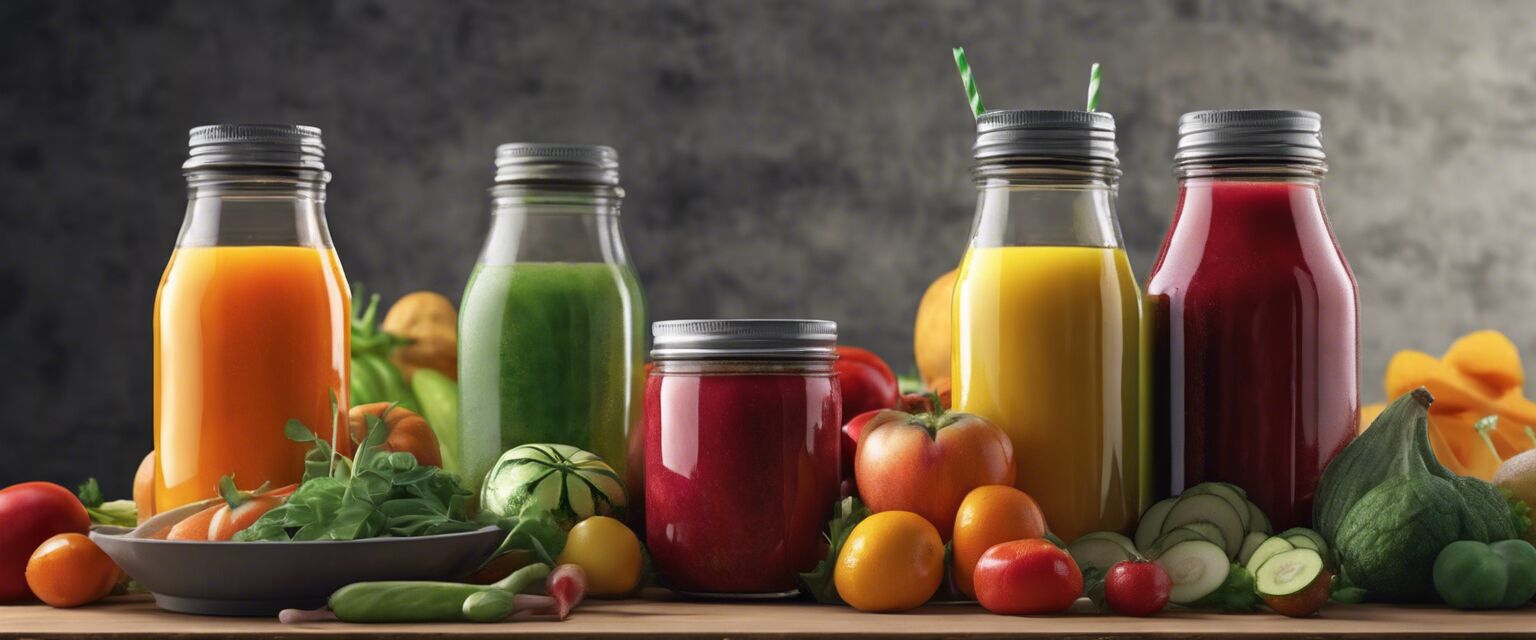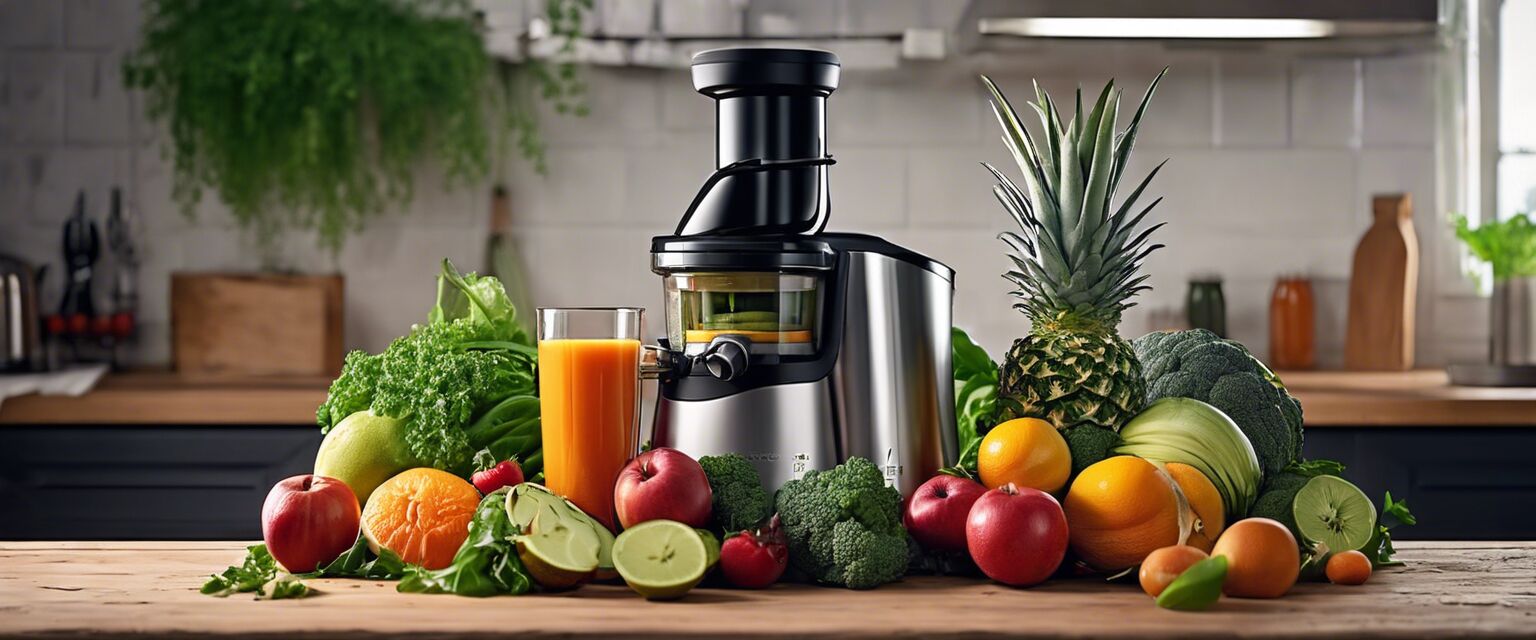
Sustainable Juicing Practices
Welcome to your comprehensive guide on sustainable juicing practices! In this article, we will explore how you can make your juicing routine more eco-friendly, reduce food waste, and choose sustainable equipment. Whether you're a novice juicer or a seasoned enthusiast, these tips will help you embrace a greener approach to your health journey.
Key Takeaways
- Adaptation of sustainable juicing practices can significantly reduce food waste.
- Eco-friendly equipment and materials play a vital role in sustainable juicing.
- Creative methods for reusing pulp and ingredients can enhance your juicing experience.
- Understanding sourcing can help you choose environmentally friendly produce.
The importance of sustainable juicing
Sustainable juicing not only focuses on personal health; it also considers the impact on the environment. Traditional juicing methods often lead to a considerable amount of food waste and environmental strain. By adopting sustainable practices, you can contribute to a healthier planet while nourishing your body.
Reducing food waste through juicing
1. Use Every Part of the Fruit or Vegetable
| Fruit/Vegetable | Usable Parts | Ideas for Use |
|---|---|---|
| Carrots | Roots and tops | Add tops to salads; use roots in juicing |
| Beets | Roots and greens | Juice roots; sauté greens |
| Apples | Pulp and cores | Make apple cider vinegar from cores; compost pulp |
2. Reuse Juice Pulp
Rather than tossing out leftover juice pulp, consider these creative uses:
- Baking: Incorporate pulp into muffins or breads for added fiber.
- Soups: Add pulp to vegetable stock for extra nutrients.
- Composting: Use pulp as compost to enrich your garden soil.
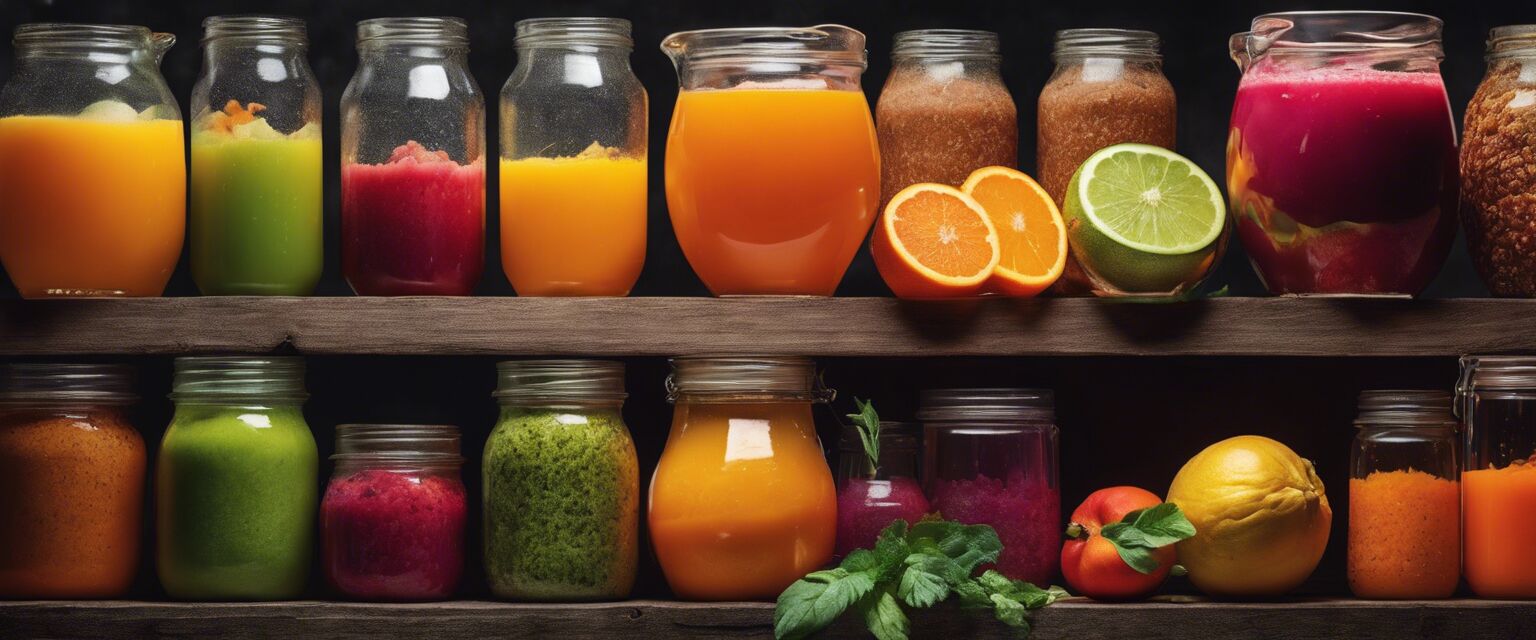
Choosing eco-friendly juicing equipment
1. Select Efficient Juicers
When investing in juicing equipment, opt for juicers that minimize waste and maximize juice extraction. Here are two popular types:
| Juicer Type | Advantages | Disadvantages |
|---|---|---|
| Cold Press Juicer | Maximizes nutrient retention; produces high yield | Usually more expensive; takes longer to juice |
| Centrifugal Juicer | Fast juicing process; easier to use | May generate more heat; less nutrient retention |
2. Look for Sustainable Materials
Choose equipment made from eco-friendly materials, such as:
- Recycled plastics
- Bamboo or wood components
- Glass juice containers
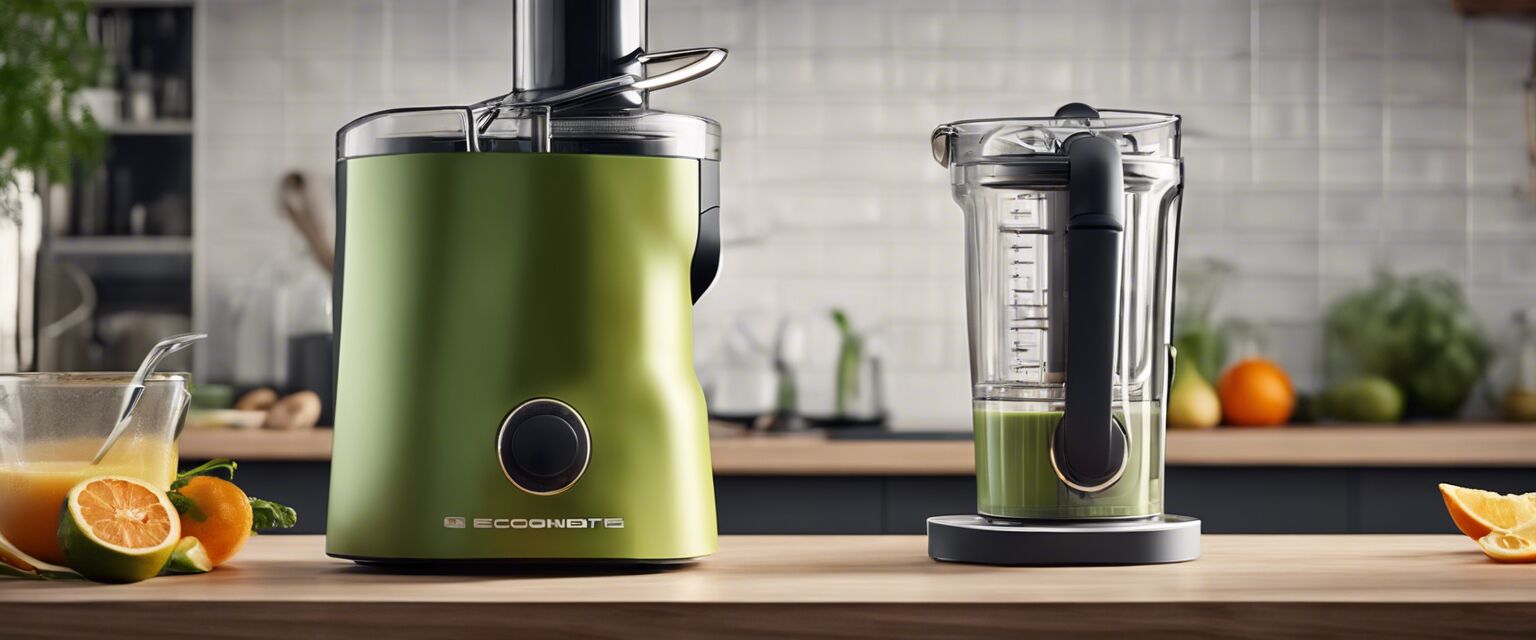
Implementing sustainable practices in your juicing routine
1. Buy Local and Organic Produce
Support local farmers by purchasing organic fruits and vegetables from farmers' markets. This reduces transportation emissions and promotes sustainable agriculture.
2. Plan Your Juicing Schedule
Be strategic and plan your juicing sessions to avoid buying more produce than needed. Here are some handy tips:
- Create a weekly menu for your juice recipes.
- Buy in bulk to minimize packaging waste.
- Store ingredients properly to prolong freshness.
Eco-friendly storage solutions
Once youâve made delicious juices or smoothies, how do you store them sustainably? Consider the following options:
- Reusable glass containers: Avoid single-use plastics by opting for glass.
- Bamboo lids: Use sustainable lids for sealing your juices.
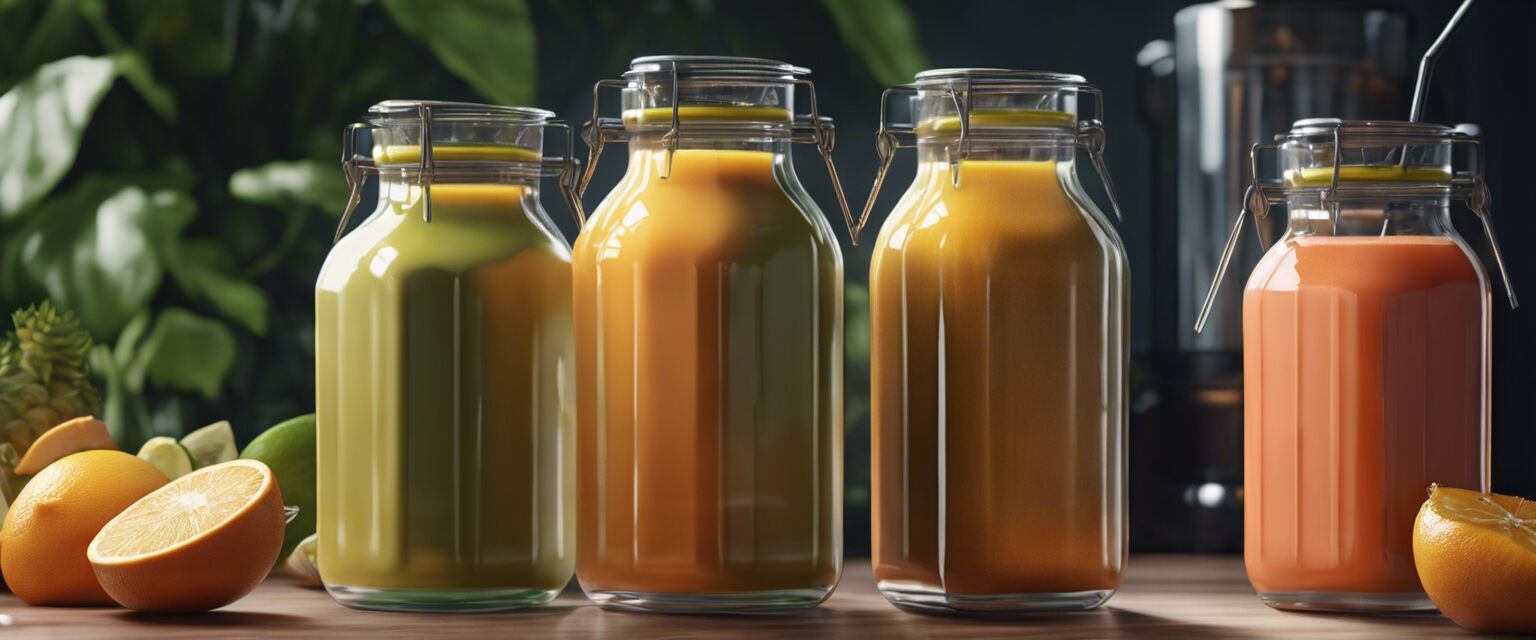
Conclusion
By incorporating sustainable juicing practices into your routine, you should not only optimize your health but also contribute to the health of our planet. Make a conscious effort to reduce food waste, choose eco-friendly equipment, and embrace better options for your produce. Together, we can make a significant impact!
Tips for beginners
- Start by selecting a few staple fruits and vegetables for juicing.
- Experiment with combinations to find your favorite flavors.
- Keep a dedicated area in your kitchen for juicing equipment.
- Join local juicing communities for support and ideas.
- Explore our eco-friendly juicing products to enhance your sustainable journey!
